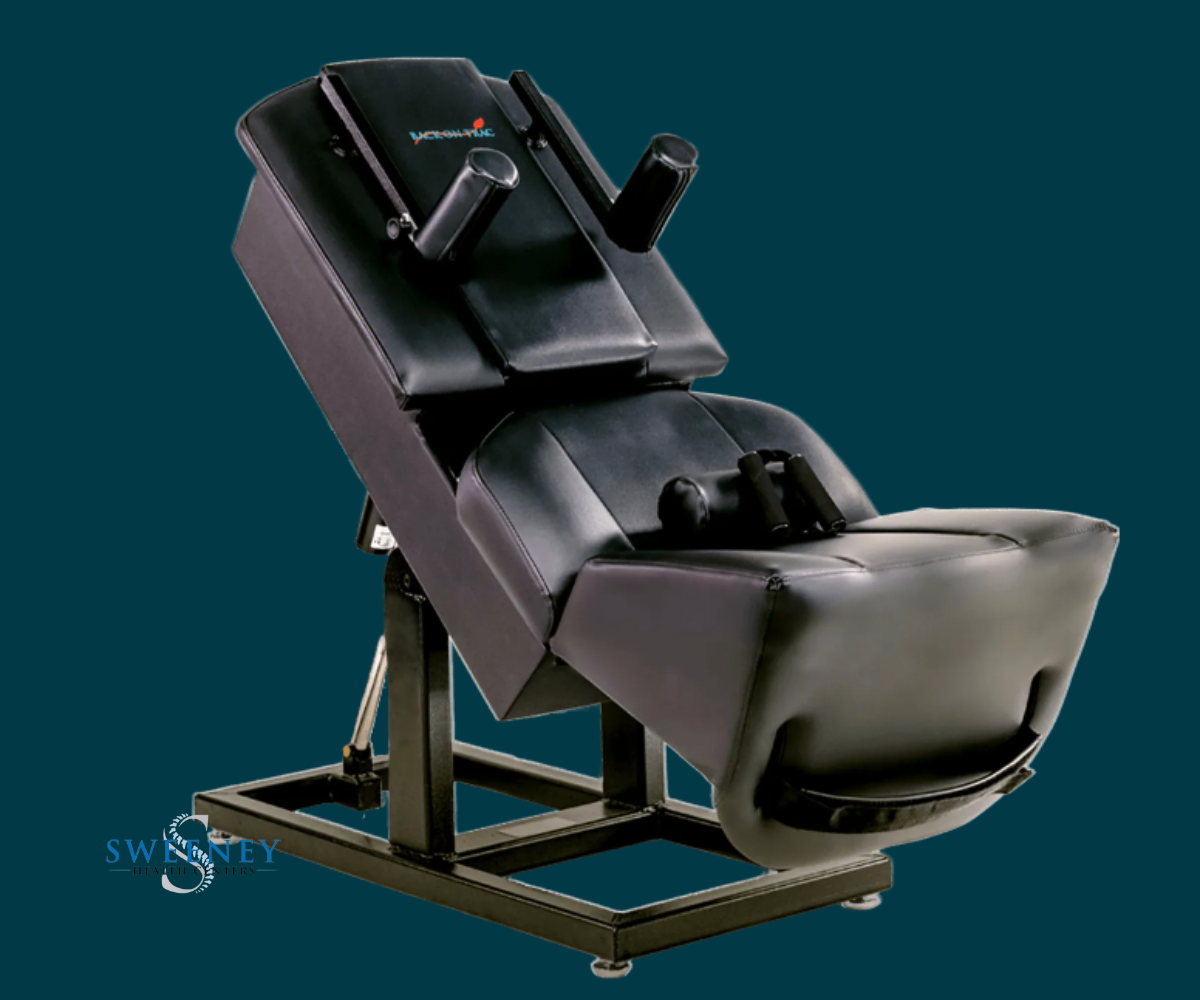Decompression for Chiropractic Care: Relieving Stress and Pressure on the Lower Back
Chiropractic decompression therapy is a revolutionary technique that relaxes and stretches the muscles of the lower back while relieving stress and pressure on the discs in this critical area. This approach not only alleviates pain but also allows the nerves to heal and communicate without interference. Below, we delve into the various aspects of decompression therapy, exploring its benefits, mechanisms, and impact on overall spinal health.
Understanding Decompression Therapy
Decompression therapy involves the use of specialized equipment to gently stretch the spine. This process helps to create negative pressure within the spinal discs, which can draw in fluids and nutrients, promoting healing. The therapy is non-invasive, making it an attractive option for individuals seeking relief from chronic back pain without resorting to surgery.
Benefits of Decompression Therapy
- Pain Relief: One of the primary benefits of decompression therapy is the significant reduction in back pain. By relieving pressure on the spinal discs and nerves, patients often experience immediate pain relief.
- Improved Mobility: Decompression can help increase the flexibility and range of motion in the lower back. This is particularly beneficial for individuals with conditions like herniated discs or degenerative disc disease.
- Enhanced Healing: By allowing discs to rehydrate and draw in essential nutrients, decompression supports the natural healing process. This can lead to long-term improvements in spinal health.
- Non-Invasive Treatment: Unlike surgical options, decompression therapy is non-invasive, reducing the risks associated with more aggressive treatments.
- Reduced Inflammation: The stretching and relaxation of muscles during decompression can help to reduce inflammation around the spinal discs, contributing to pain relief and improved function.
Mechanism of Action
Decompression therapy typically involves the use of a decompression table. Patients lie on the table, and a harness is placed around the hips. The table then gently stretches the spine in a controlled manner. This stretching creates negative intradiscal pressure, which can help retract herniated or bulging discs, relieving pressure on nerves and other structures in the spine.
The process also promotes the movement of water, oxygen, and nutrient-rich fluids into the discs, aiding in the repair of disc and nerve tissues. By intermittently relieving and reapplying pressure, decompression therapy encourages the natural healing processes of the body.
Conditions Treated by Decompression Therapy
Decompression therapy can be effective in treating a variety of spinal conditions, including:
- Herniated Discs: By reducing pressure on the affected disc, decompression can help alleviate the pain associated with herniated discs.
- Degenerative Disc Disease: As discs lose their hydration and elasticity over time, decompression can help restore some of their lost function and reduce pain.
- Sciatica: Decompression can relieve the pressure on the sciatic nerve, reducing the pain and discomfort associated with sciatica.
- Spinal Stenosis: By creating space within the spinal canal, decompression can help alleviate the symptoms of spinal stenosis.
- Facet Syndrome: This condition, characterized by inflammation of the spinal joints, can be alleviated through the stretching and relaxation provided by decompression therapy.
The Decompression Therapy Process
Initial Assessment: Before beginning decompression therapy, a thorough assessment is conducted. This includes a detailed medical history, physical examination, and often imaging studies such as X-rays or MRI scans. This helps the chiropractor determine if decompression therapy is suitable for the patient.
Treatment Sessions: Decompression therapy typically involves a series of treatment sessions, often conducted over several weeks. Each session lasts between 20 and 45 minutes. During the session, the patient lies on the decompression table, and the chiropractor adjusts the settings to apply the appropriate amount of traction and relaxation cycles.
Follow-Up Care: After the initial course of treatment, follow-up care is essential. This may include additional decompression sessions, physical therapy exercises, and lifestyle modifications to maintain spinal health and prevent recurrence of symptoms.
Why Choose Decompression Therapy?
Decompression therapy offers numerous advantages over traditional treatments for lower back pain and spinal conditions. Its non-invasive nature makes it an excellent choice for those who wish to avoid surgery. Moreover, the therapy addresses the root cause of pain—pressure on the spinal discs and nerves—rather than just masking the symptoms.
Patients often report a significant improvement in their quality of life following decompression therapy. Reduced pain, increased mobility, and a better overall sense of well-being are common outcomes. Additionally, because the therapy promotes natural healing, the benefits can be long-lasting.
Patient Success Stories
Many patients have found relief through decompression therapy after struggling with chronic back pain for years. Stories of individuals regaining their ability to participate in daily activities, sports, and hobbies are common. The non-invasive nature of the treatment also means that recovery time is minimal, allowing patients to return to their normal routines quickly.
Decompression therapy represents a significant advancement in the treatment of lower back pain and spinal conditions. By relaxing and stretching the muscles of the lower back and relieving stress and pressure on the discs, this therapy offers a path to healing and improved spinal health. Whether you are suffering from herniated discs, sciatica, or other spinal issues, decompression therapy can provide the relief you need.
For those seeking a non-invasive, effective treatment for chronic back pain, decompression therapy is a compelling option. Its ability to enhance natural healing processes and improve the overall function of the spine makes it a valuable addition to chiropractic care.


